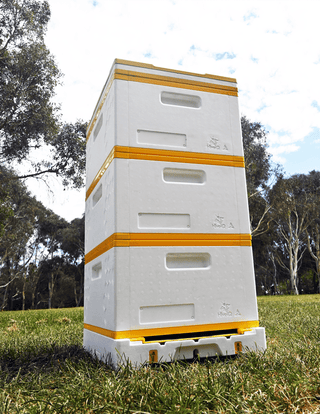In the heart of every buzzing beehive, there exists a complex system of communication that enables bees to collaborate, navigate, and prosper within their community. This system is performed not by vocalizations or gestures, but through intricate dances. The two most notable types of these dances are the "round dance" and the "waggle dance."
1. Round Dance
The round dance, sometimes also called the circle dance, is performed by worker bees that have discovered a source of food nearby, typically within 50-100 meters of the hive. This dance involves the worker bee moving in a circular pattern, alternating between clockwise and counterclockwise directions.
The round dance doesn't communicate the direction of the food source but merely signifies its proximity. Fellow bees are then prompted to search for the food source in the nearby area, using their senses of smell to locate it.
2. Waggle Dance
When the food source is farther away, bees resort to a more detailed dance called the waggle dance. The waggle dance, unlike the round dance, communicates both the distance and direction of the food source.This dance involves a series of figure-eight loops, with a "waggle" or straight run in the middle where the bee shakes its abdomen side to side. The direction the bee moves in during this waggle phase represents the direction of the food source relative to the sun. If the bee waggles straight up, it means the food source is directly towards the sun; if it waggles at a 45-degree angle to the right, the food source is 45 degrees to the right of the sun's position, and so on.
The duration of the waggle indicates the distance to the food source—the longer the waggle, the farther away the food. Other bees follow and decode this dance, allowing them to gather the necessary information to find the food source.
3. The Tremble Dance
Another notable dance is the tremble dance. This dance is performed when a bee discovers that the hive is unable to process incoming nectar fast enough. The bee moves throughout the hive in a series of convoluted paths while shaking its body. This dance serves to recruit additional bees to the task of processing nectar, ensuring efficient resource management within the hive.These complex and effective dance languages enable bees to communicate critical information within their community, demonstrating the importance of collective intelligence in the animal kingdom. Remarkably, these dances cross the boundary between individual and collective knowledge, allowing hives to operate efficiently and adapt to their environments. In these carefully choreographed movements, we see the intricate beauty and fascinating complexity of the natural world.




